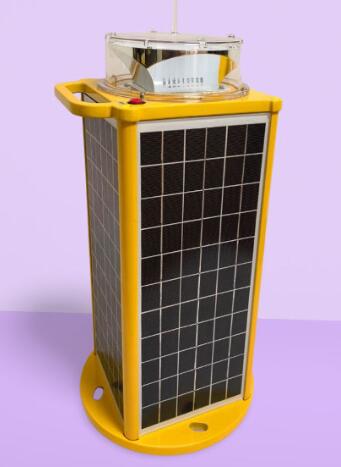Marine Signal Lantern: The Essential Guide to Modern Maritime Navigation Lighting
At the heart of safe maritime navigation lies reliable visibility—a critical factor in preventing collisions and ensuring smooth operations at sea. The Marine Signal Lantern has long been a cornerstone of marine safety, evolving from traditional oil lamps to today’s advanced solar-powered and LED-equipped models. This article explores the importance, technological advancements, and key applications of modern Marine Signal Lanterns, demonstrating why they remain indispensable for ships, ports, and offshore installations.
Why Marine Signal Lanterns Are Crucial for Safety
Navigating waterways, especially in low visibility or at night, demands dependable lighting solutions. The Marine Signal Lantern serves multiple vital functions:
1. Collision Prevention
By marking channels, hazards, and restricted zones, signal lanterns help vessels maintain safe distances and follow correct routes.

2. Regulatory Compliance
International maritime laws, such as COLREGs (Collision Regulations), mandate specific lighting configurations for different vessel types. Properly equipped Marine Signal Lanterns ensure compliance with these standards.
3. Emergency Signaling
In distress situations, high-visibility lanterns can alert nearby ships or rescue teams, improving response times.
| marine signal lantern |
Key Features of Modern Marine Signal Lanterns
Today’s Marine Signal Lanterns incorporate cutting-edge technology for enhanced performance:
1. LED Illumination
Energy-efficient LEDs provide bright, long-lasting light with minimal power consumption, making them ideal for continuous operation.
2. Solar-Powered Options
Many modern lanterns integrate solar panels and rechargeable batteries, eliminating reliance on external power sources and reducing environmental impact.
3. Robust & Weatherproof Construction
Built to endure harsh marine conditions, high-quality lanterns feature corrosion-resistant materials, waterproof seals, and impact-resistant designs.
| marine signal lanterns |
4. Smart Control Systems
Some models include automatic light sensors, remote monitoring, and programmable flash patterns for optimized visibility and energy savings.
Applications of Marine Signal Lanterns
The versatility of Marine Signal Lanterns makes them essential across various maritime sectors:
Commercial Shipping – Used on cargo ships, tankers, and ferries to indicate position and movement.
Ports & Harbors – Guides vessels during docking and prevents accidents in congested areas.
Offshore Structures – Ensures visibility for oil rigs, wind farms, and buoys.
Fishing & Recreational Boating – Helps smaller boats stay visible to larger vessels.
Choosing the Right Marine Signal Lantern
Selecting the appropriate lantern depends on several factors:
Visibility Range – Determined by luminous intensity and lens design.
Power Source – Solar, battery, or hardwired options based on usage.
Mounting Options – Fixed, portable, or floating designs for different applications.
Regulatory Compliance – Must meet international maritime lighting standards.
The Future of Marine Signal Lanterns
As technology advances, we can expect further innovations, such as:
IoT-Enabled Lanterns – Remote diagnostics and real-time status monitoring.
Enhanced Solar Efficiency – Longer battery life and faster charging.
Eco-Friendly Materials – Sustainable manufacturing and recyclable components.
The Marine Signal Lantern remains a fundamental tool for maritime safety, blending tradition with modern innovation. Whether for large commercial vessels, bustling ports, or remote offshore installations, these lanterns ensure safe navigation while adapting to eco-friendly and energy-efficient trends.
For ship operators, port authorities, and maritime engineers, investing in high-quality Marine Signal Lanterns is not just a regulatory requirement—it’s a commitment to safer, smarter, and more sustainable seas. As the industry progresses, these essential devices will continue to evolve, lighting the way for future advancements in marine navigation.
